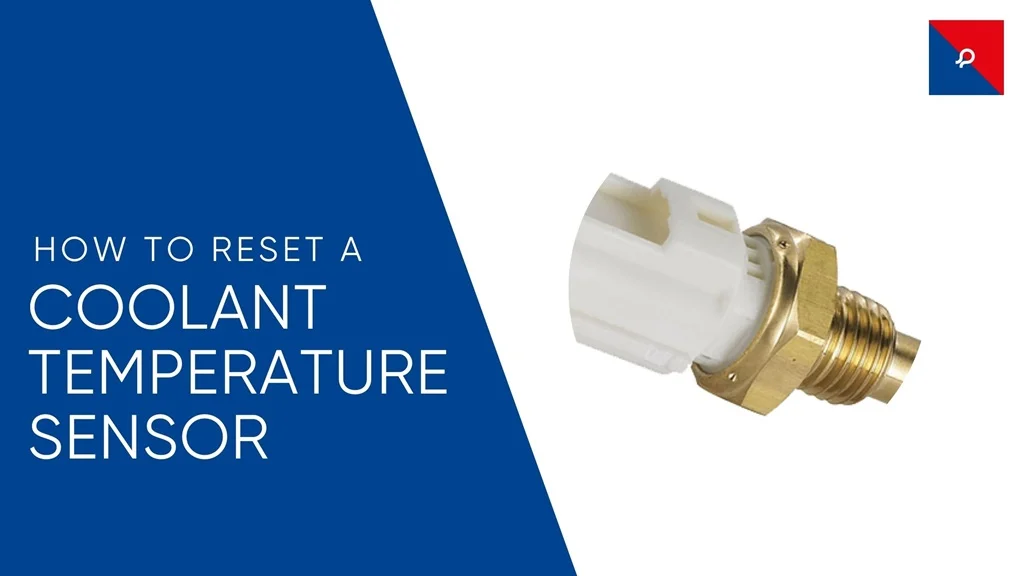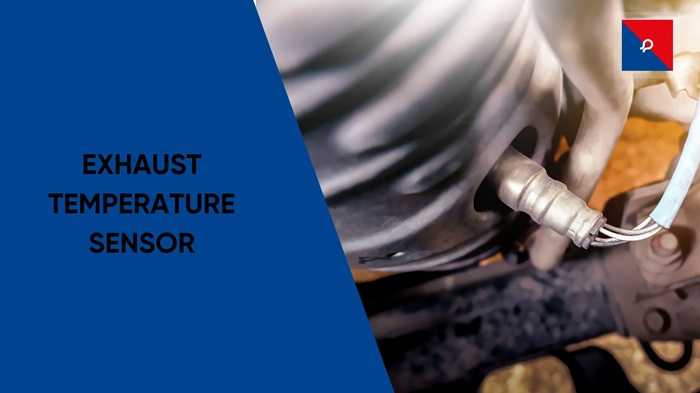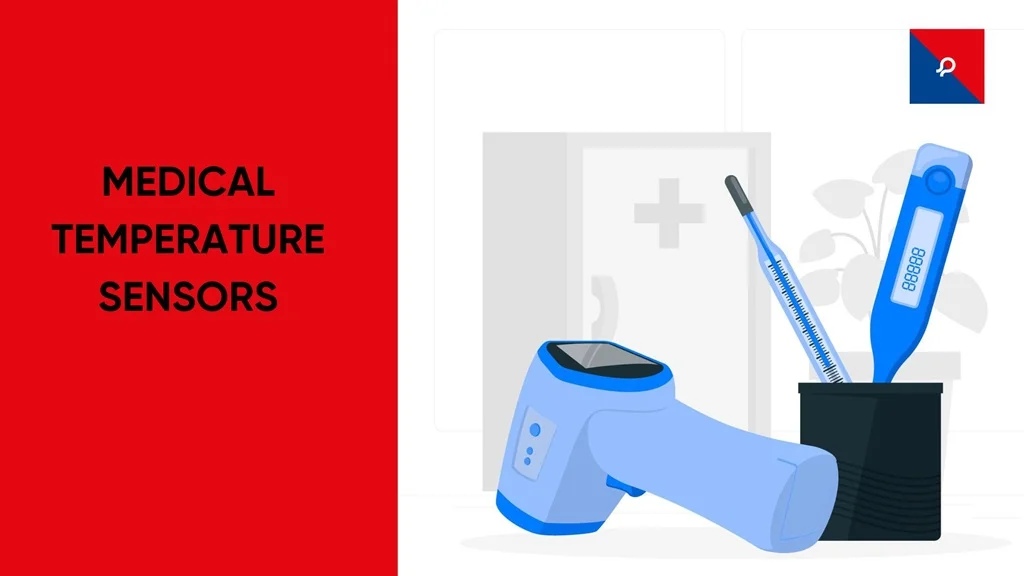
You're driving down the road. The music is playing, the sun is shining, and suddenly—bam! Your engine temperature gauge starts going crazy. Panic hits. Like most folks, you jump on Google and search, “How to reset coolant temperature sensor?” But what do you get? A bunch of confusing stuff, random DIY tips, and empty promises that don’t really help.
Let’s clear this up right away: you can’t reset the coolant temperature sensor. I know that’s disappointing. But don’t stress! This doesn’t mean you’re out of options. You’re in the right place. By the end of this article, you’ll understand what’s wrong with your engine’s cooling system, why the sensor is acting strange, and what you can do to fix it. So, hang tight, and let's tackle this engine issue together.
What Is a Coolant Temperature Sensor and Why Does It Matter?
Your car’s coolant temperature sensor (commonly known as the ECT sensor) might be small, but it plays a monumental role in keeping your engine running smoothly. Think of it as the thermostat for your engine—it monitors the temperature of your engine’s coolant and sends that data to the engine control unit (ECU). In return, the ECU adjusts critical functions like fuel injection, ignition timing, and idle speed.
Here’s the kicker: when the ECT sensor isn’t working right, it can throw off your car’s entire performance. From rough starts on cold mornings to poor fuel efficiency and even overheating issues, a faulty sensor can turn your driving experience into a headache. But… Can you just hit a magical reset button to make it work again? Let’s break it down.
Can You Reset a Coolant Temperature Sensor?
Let’s not beat around the bush—the coolant temperature sensor cannot be reset. Unlike your smartphone or computer, which can benefit from a simple reboot, the ECT sensor doesn’t have any memory or software to reset. It’s a humble resistor that works by varying its electrical resistance based on the temperature of the coolant.
This means the ECT sensor doesn’t store data or run software. If it’s malfunctioning, there’s no resetting or tweaking—the only fix is replacing it. Now, if that feels like a letdown, don’t worry. Let’s explore how you can diagnose the issue and ensure your car gets back to its smooth-running self.
How Does the Coolant Temperature Sensor Work?
Before we dive into the basics of fixing it, let’s quickly understand how the ECT sensor works. Imagine it like a temperature-sensitive switch. It’s a negative temperature coefficient (NTC) thermistor—a fancy way of saying that as the engine heats up, the sensor’s resistance decreases, and it sends that information to the ECU. The ECU then uses this data to keep your engine’s performance optimized.
When the sensor gets faulty, it can send incorrect data or no data at all, leading to problems like difficulty starting the engine when cold, weird temperature gauge readings, or even a check engine light staring back at you ominously.
Signs Your Coolant Temperature Sensor Might Be Acting Up
Wondering if the ECT sensor is causing problems? Check out these signs to help you figure it out:
- Difficulty starting the engine on chilly mornings. Have you ever turned the key in your car and waited a long time for it to start, only to hear it sputter? That might be a sign something's wrong.
- Erratic engine temperature readings. Is your temperature gauge swinging wildly from hot to cold? It might not be the thermostat—your ECT sensor could be the hidden culprit.
- Bad gas mileage. Filling up your tank more often? A faulty sensor can mess with fuel efficiency, costing you more at the pump.
- Black or fuel-smelling exhaust. A sensor sending incorrect data can cause the engine to run too rich, resulting in smoky exhaust.
- The check engine light. That little warning on your dashboard could mean something's up with your ECT sensor. Pay attention to it!
Now that we’ve covered the basics, let’s get into the steps to troubleshoot and fix the issue.
Read next: Coolant temperature sensor symptoms
Learn how to replace coolant temperature sensor
What to Do After Replacing Your Coolant Temperature Sensor
So, you’ve identified the problem and replaced the sensor! But don’t hit the road just yet. Here’s what you need to do post-replacement to ensure everything runs smoothly:
- Check for Coolant Leaks:
- Inspect the area around the sensor for any leaks. Tighten it if necessary, and make sure the O-ring is securely in place.
- Refill the Coolant:
- Top off any coolant lost during the process. Use the correct type for your vehicle, and don’t forget to burp the system to remove air bubbles.
- Reset the Check Engine Light:
- Use an OBD-II scanner to clear any fault codes. Alternatively, disconnect and reconnect the battery for a manual reset.
- Test the System:
- Start the engine and let it idle for a few minutes. Watch the temperature gauge and ensure it stays steady.
- Take a Test Drive:
- Drive your car around for a bit to confirm everything’s working fine.
Final Thoughts
While you can’t reset a coolant temperature sensor, understanding how it works and taking the right steps to fix it can save you time, money, and stress. Remember, when in doubt, it’s always a good idea to consult a trusted mechanic or professional. After all, your car is an investment, and keeping it in good health is the best way to ensure it serves you well for years to come.
If you’re curious about how these small yet essential components are made, JR Sensors has got you covered. As a manufacturer of thermistors and temperature sensors in India, we offer a range of products designed with precision and reliability in mind. From automotive needs to industrial applications, our sensors are built to handle it all. So, the next time you think about temperature sensors, think of JR Sensors—a name synonymous with advanced solutions for every need.
So, next time your engine temperature gauge starts misbehaving, don’t waste time looking for reset options that don’t exist. Instead, follow these given tips, get your hands a little greasy, and take control of your car’s health. Happy driving!
Frequently Asked Questions
1. How to reset the coolant temperature sensor?
2. What are the common signs of a faulty coolant temperature sensor?
3. How can I check whether the coolant temperature sensor is functioning?
4. What happens if I ignore a faulty coolant temperature sensor?
5. Is replacing a coolant temperature sensor expensive?

Burnt Biscuits? Blame the Sensor – The Hot Truth About Your Oven’s Temperature Troubles
If your oven’s cooking like it’s got a mind of its own, your temperature sensor might be the silent saboteur. From half-baked casseroles to scorched cookies, we break down how this little sensor works, why it matters, and how to fix it—without losing your cool (or your dinner). A fun, practical guide that’s just as useful as it is digestible.

Hot Stuff: Why Your Engine Can’t Live Without an Exhaust Temperature Sensor
Think exhaust sensors are just another car part? Think again. These tiny guardians track fiery exhaust temps, protect turbos, keep emissions in check—and even help you pass that dreaded test. Dive into the witty, down-to-earth guide on how EGT sensors silently save your engine (and your wallet) every day. Bonus: You’ll sound like a car guru by the end.

Tiny Tech, Big Impact: Inside the World of Medical Temperature Sensors
Discover how medical temperature sensors work, why they're crucial in healthcare, and how health sensors are transforming modern medical diagnostics. From wearable tech to high-precision devices, learn about the different types of temperature sensor medical devices used today.